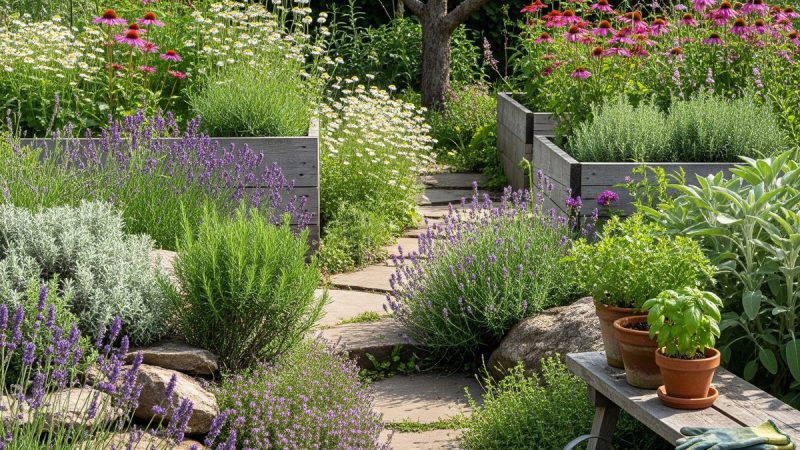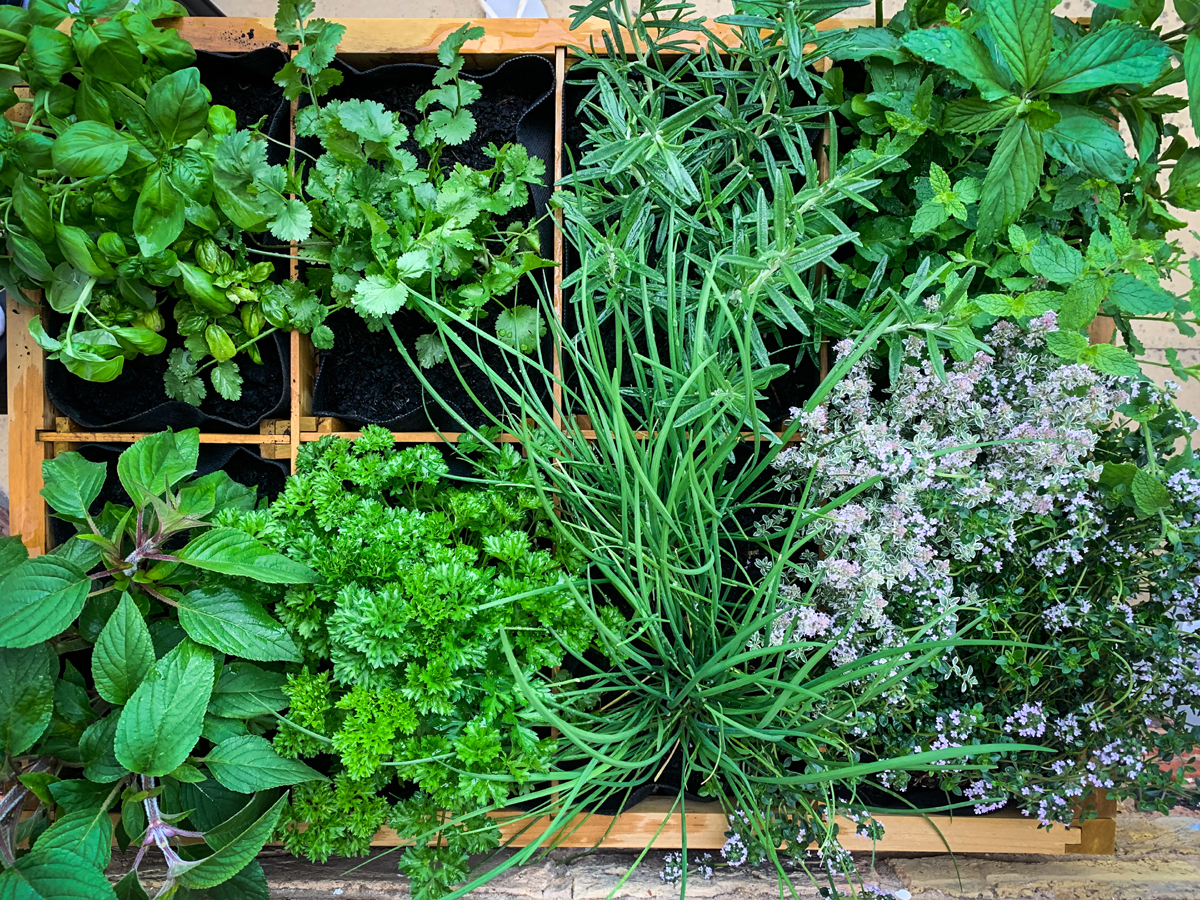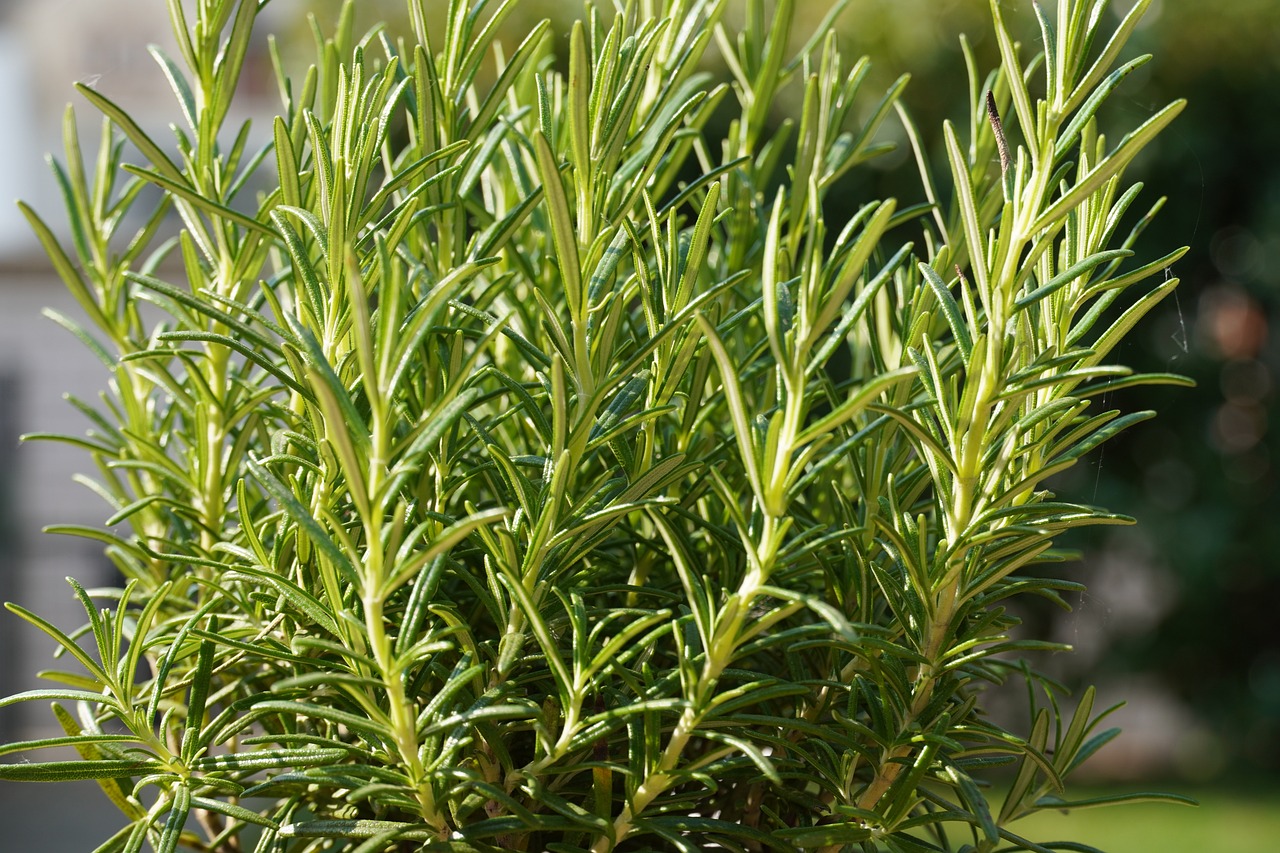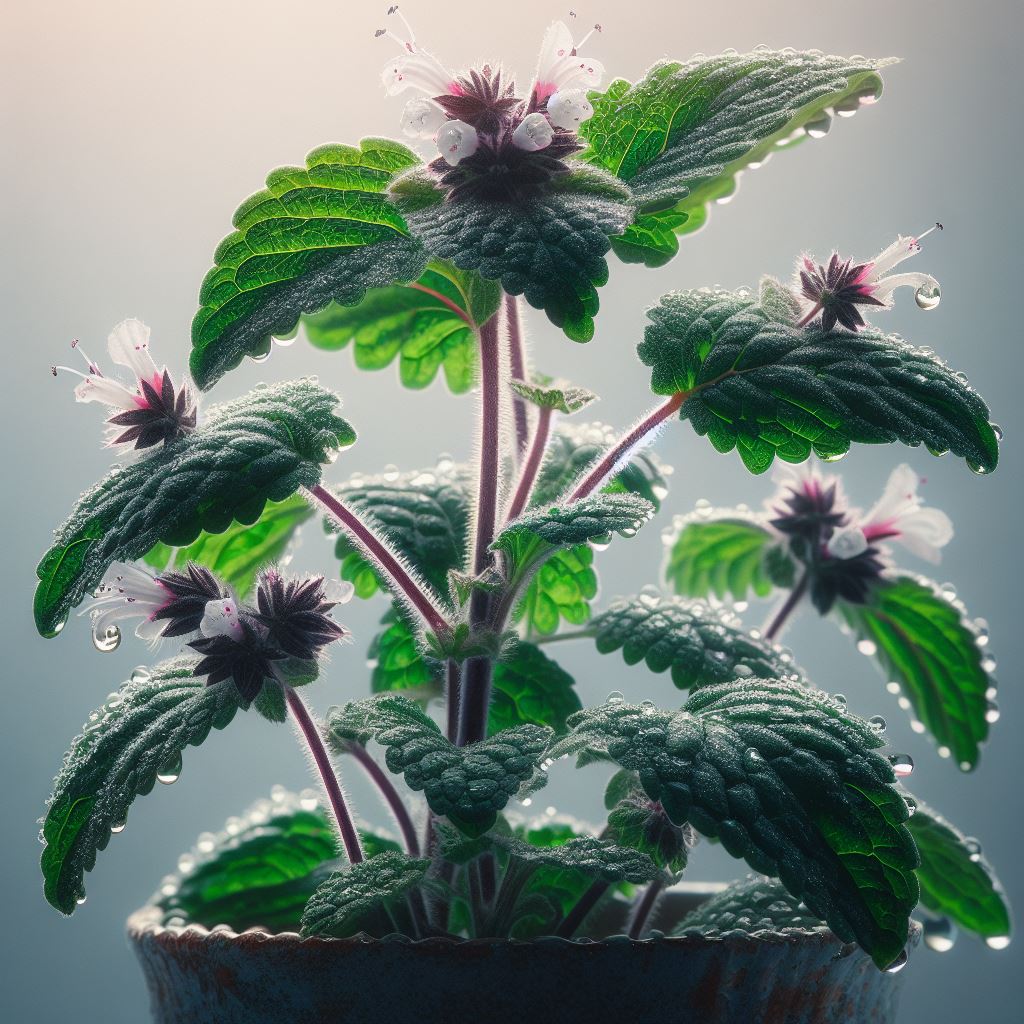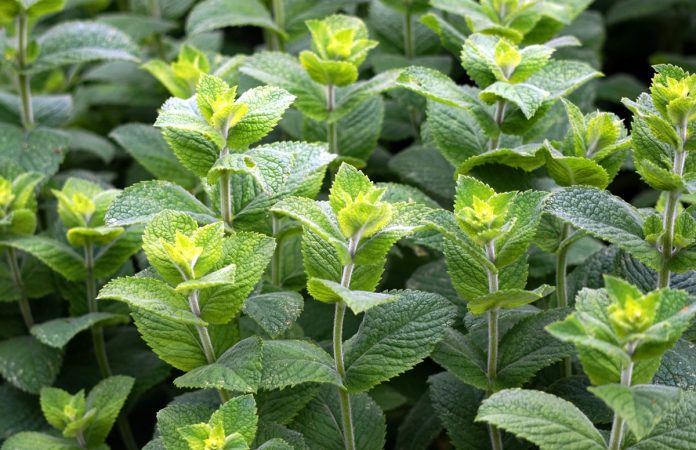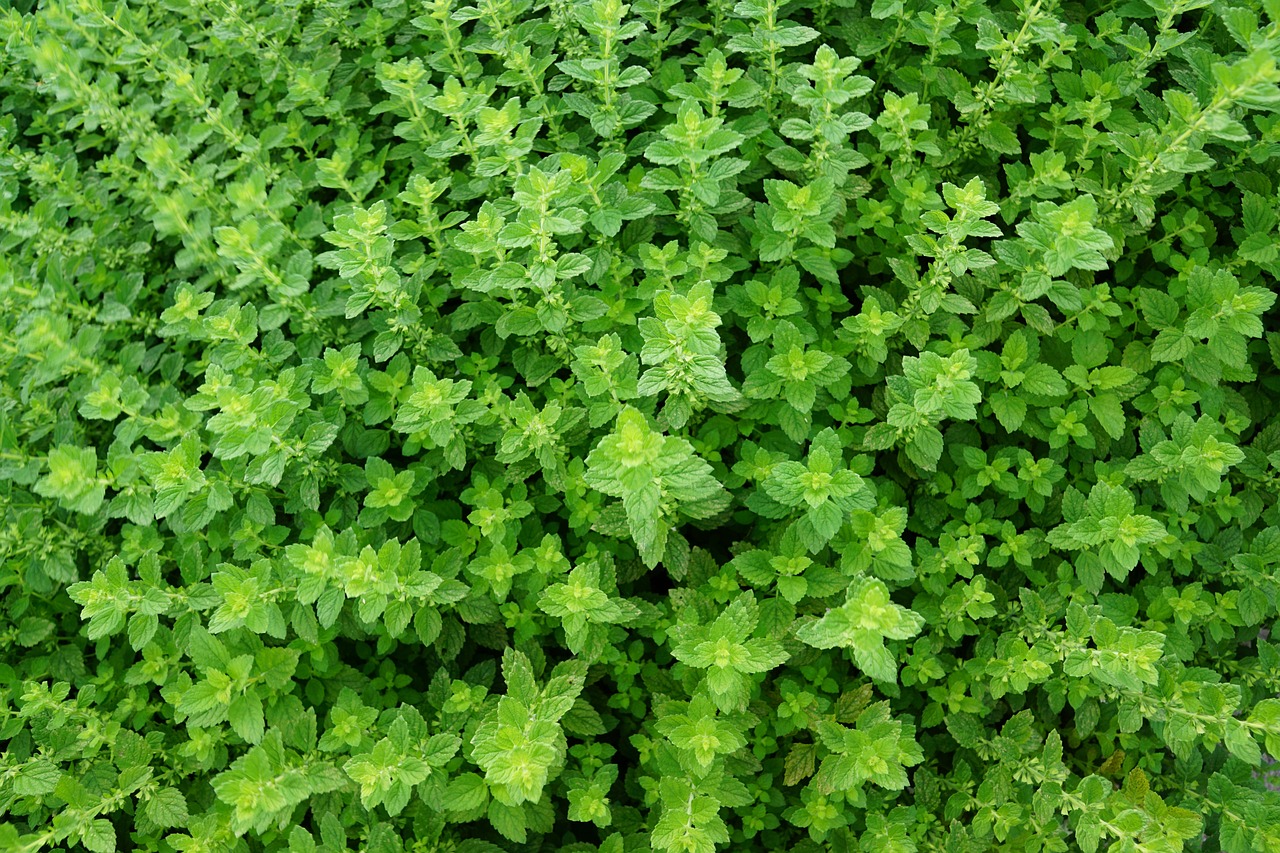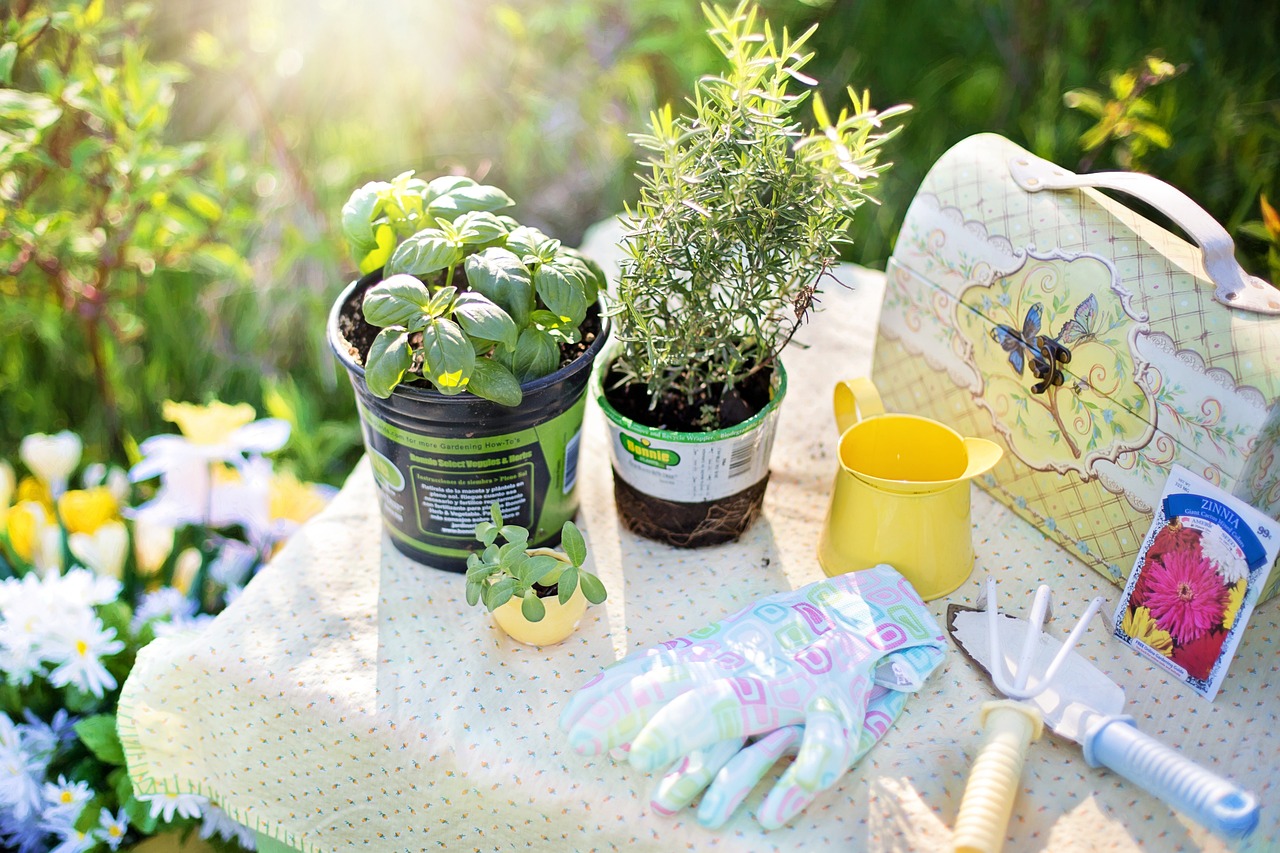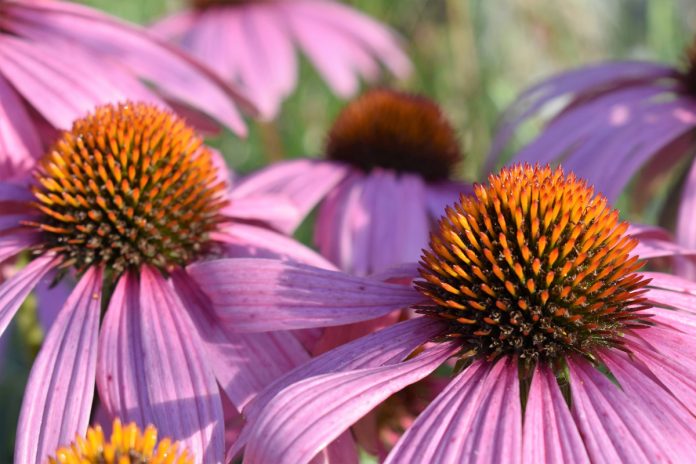Essential Italian Herbs for Your Garden
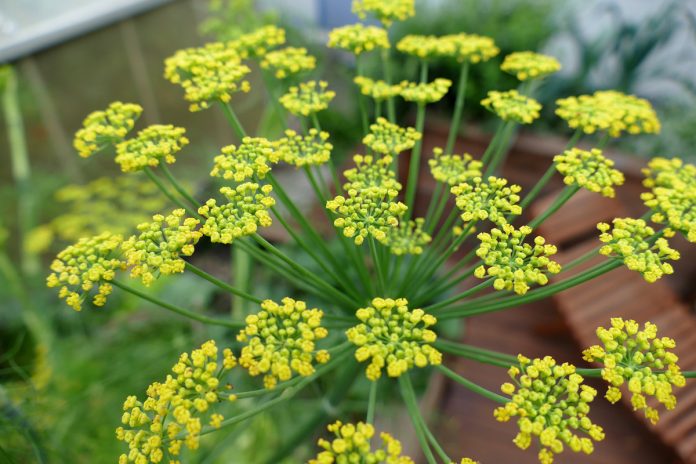
If you are a food enthusiast looking to elevate your cooking game, you must have heard about the importance of fresh herbs. Among all the cuisines worldwide, Italian cooking stands out as the one that harnesses the full potential of herbs. The fragrant, flavorful, and aromatic herbs not only add a touch of freshness to the dishes but also provide numerous health benefits. While dried herbs can be found at any supermarket, nothing beats the taste and aroma of fresh herbs picked from your garden. If you’re looking to create an Italian herb garden, here are the most common and essential herbs you should consider:
1. Basil:
This annual herb is the king of the Italian herb garden, with its sweet, fragrant, and peppery aroma. Basil comes in various varieties, including sweet basil, lemon basil, lime basil, and Thai basil. It grows well in full sunlight and fertile, well-draining soil. Sow the seeds or plant the seedlings after the last frost date in your area. Harvest the leaves frequently, pinching off the top of the stems. Store fresh basil in a glass of water, covered loosely with a plastic bag in the refrigerator. Use it in a Caprese salad, pesto, pasta, tomato sauce, or pizza.
2. Rosemary:
This evergreen herb boasts a pungent, resinous aroma, and a woody flavor, making it an indispensable herb in Italian cooking. Rosemary thrives in a slightly alkaline and well-draining soil and requires full sunlight and moderate watering. Propagate it from cuttings or layering in the spring or fall. Harvest the sprigs before flowering and store them in a cool, dry place in an airtight container. Use rosemary in roasted meat, potatoes, focaccia, tomato-based dishes, or in infusing olive oil.
3. Thyme:
This low-growing herb features tiny leaves and a subtle but distinctive flavor, making it a perfect partner for both meat and vegetable dishes. Thyme grows well in full sunlight and a well-drained soil with the addition of compost. You can propagate it from seedlings or cuttings in spring or early fall. Harvest the sprigs before flowering, and store them in a dry place in an airtight container. Use thyme in roasted vegetables, tomato sauce, soups, stews, or grilled meat.
4. Sage:
This perennial herb has a gray-green foliage and a slightly bitter, savory flavor. Sage demands a well-draining soil and full sunlight to grow well. Sow the seeds indoors in early spring and move them outdoors after the last frost date. Harvest the leaves regularly, leaving two-thirds of the plant untouched. Dry them in the sun or an oven at low temperature, and store them in an airtight container. Use sage in stuffing, sauces, risotto, pasta, or as a garnish.
5. Oregano:
This fragrant herb has a pungent, slightly bitter taste, with a warm and spicy aroma. It prefers a well-draining soil, full sunlight, and regular watering for optimal growth. Oregano can be propagated from seedlings or cuttings in spring or early summer. Harvest the leaves when the plant reaches six inches in height. Dry the leaves in a cool, dry place, and store them in an airtight container. Use oregano in pizza, Greek salad, marinara sauce, roasted vegetables, or grilled meat.
6. Bay Leaves:
These dark green leaves have a pungent aroma that is often associated with stews, soups, and sauces. Bay leaves are also used to flavor rice dishes, meat dishes, and even bread. When planting bay leaves, they should be planted in well-drained soil and given full sun exposure. They are grown as shrubs so make sure to leave enough space between each plant. Bay leaves can take up to two years to grow so patience is key. Harvesting bay leaves can be done at any time but it is recommended to wait until the leaves are mature, dark green in color, and fully grown before harvesting. Simply snip off the leaves from the stem with pruning shears or scissors and remove any damaged or yellowed leaves.
7. Fennel:
Fennel is a versatile herb and can be used to flavor fish, pork, and chicken dishes. It is also used to flavor soups and stews. When planting fennel, it should be given full sun exposure and planted in well-drained soil. Fennel can be grown indoors or outdoors. When planting fennel indoors, it is best to use a container that is at least 12 inches in diameter. Outdoor fennel plants can grow up to 6 feet tall so make sure to give them enough space. Fennel can be harvested when the bulbs are about the size of a tennis ball. Simply cut off the bulb at the base of the stem with a sharp knife. The fronds can be snipped off and used as a garnish or in salads.
8. Parsley:
This herb has a clean, fresh taste and can be used to flavor soups, sauces, and stews. When planting parsley, it should be planted in well-drained soil and given full sun exposure. Parsley can be grown in containers or directly in the ground. They will grow best in temperatures between 50-80 degrees Fahrenheit. Parsley can be harvested at any time before the plant flowers. Simply snip off the leaves with scissors or pruning shears. To encourage growth, only cut off a few leaves at a time.
9. Garlic:
Its strong and pungent flavor makes it perfect for soups, sauces, marinades, and even salad dressings. When planting garlic, it should be planted in well-drained soil and given full sun exposure. Plant the cloves in the fall or early spring and make sure to water them regularly. Garlic can be harvested when the leaves turn brown and start to wither. Simply dig up the bulbs and brush off any excess dirt. Let the garlic dry in a cool, dry place for a few weeks before using it in your dishes.
Growing an Italian herb garden is a rewarding and satisfying experience that will give you access to fresh and flavorful herbs all year round. Whether you’re a professional chef or a home cook, these essential herbs will undoubtedly add a burst of aroma and flavor to your Italian dishes. Just follow the planting guide, harvesting and storage tips, and you’ll have a thriving herb garden in no time.
The Author:
Pioneerthinking.com – Ingredients for a Simple Life.
Photo. Babs Muller

